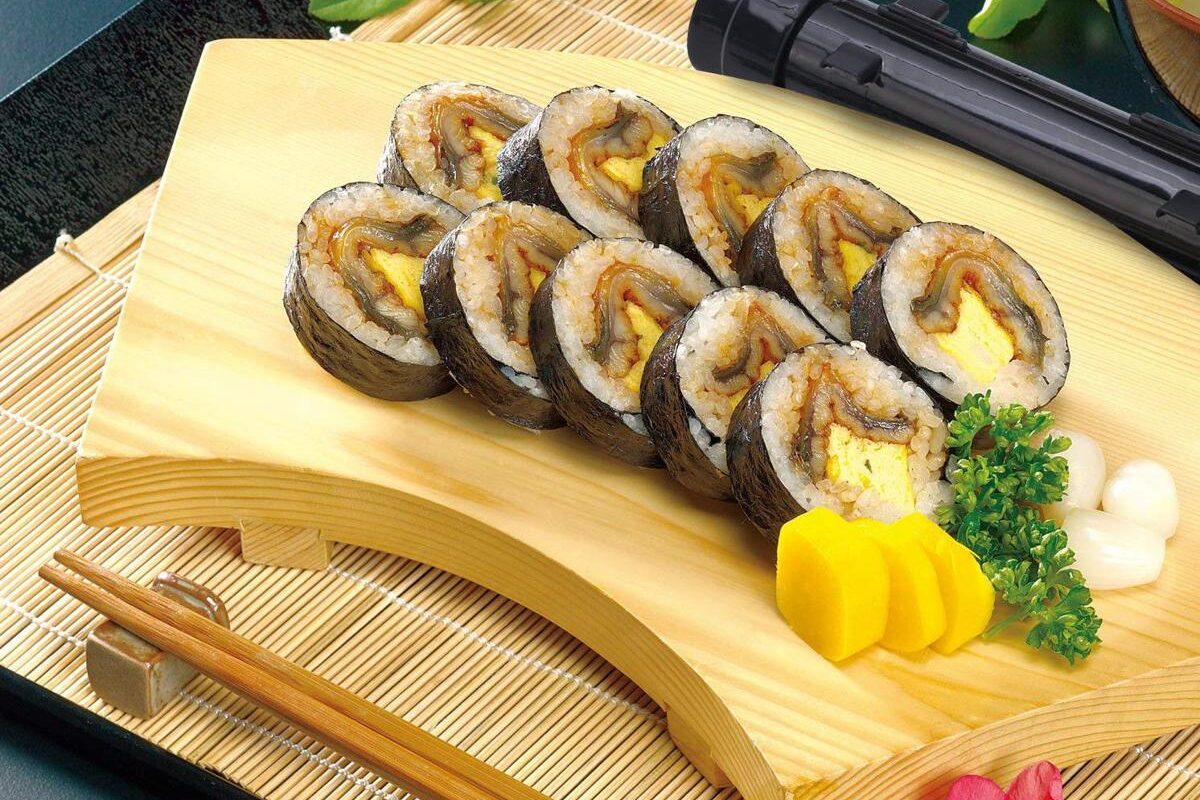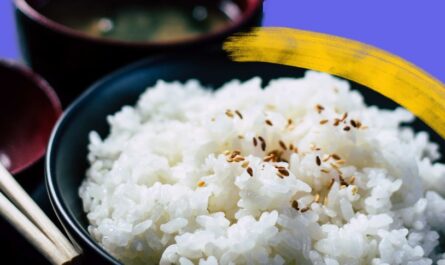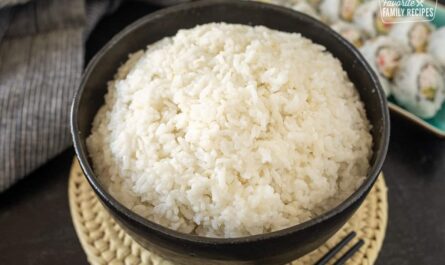If you’re a sushi lover, the key to creating perfect sushi at home lies in mastering the tips for clean sushi cuts. Whether you’re a novice or a seasoned chef, clean cuts can elevate your sushi-making experience, ensuring each piece is not only delicious but also visually appealing. In this article, we will delve into the essential techniques and tools that will help you achieve those precise, clean cuts that are so characteristic of professional sushi.

Understanding the Importance of Clean Sushi Cuts
Before diving into the tips for clean sushi cuts, it’s crucial to understand why they are important. Clean cuts impact the texture, presentation, and overall quality of your sushi. Ragged edges can make even the finest ingredients look unpalatable. Moreover, a clean cut ensures that each piece is the same size, contributing to a more professional presentation.
Essential Tools for Clean Cuts
Choosing the Right Knife
The type of knife you use can greatly affect the quality of your cuts. A Japanese sushi knife, or Yanagiba, is traditionally used for slicing sushi and sashimi. The long, slender blade is designed for precision and is perfect for achieving clean cuts.
Proper Knife Maintenance
Keeping your knife sharp is critical. A dull knife can tear the fish and rice, leading to a messy presentation. Regularly honing and sharpening your knife is essential for achieving clean cuts. You can refer to the maintenance guide for keeping your kitchen tools in top condition.
Mastering the Technique
Proper Cutting Technique
When cutting sushi, use a smooth, single-motion slice. Avoid sawing back and forth, which can damage the delicate ingredients. Hold the knife at an angle for optimal results and focus on maintaining a steady hand.
Consistent Sizing
One of the tips for clean sushi cuts is to ensure each piece is consistently sized. This not only enhances presentation but also ensures even cooking, seasoning, and serving size.
Handling Ingredients with Care
Freshness is Key
Fresh ingredients are easier to cut cleanly. Make sure your fish is fresh and stored properly before use. Fresh fish has a firm texture ideal for slicing.
Preparing the Rice
Well-prepared rice is essential. Using a hangiri can help cool and season the rice evenly, making it easier to handle and cut.
Practicing Patience
Practice is vital in mastering the art of sushi making. Don’t rush the process, and allow yourself the time to refine your technique. Mistakes may happen, but each one is a learning opportunity.
Advanced Techniques
Precision Slicing for Nigiri
When creating nigiri, precision is crucial. Use your fingertips to guide your knife and ensure that the fish sits perfectly atop the rice.
Working with Rolls
To cut rolls successfully, dip your knife in water before each slice. This prevents sticking and ensures a smooth cut.

FAQs
What is the best knife for cutting sushi?
The Yanagiba is generally recommended for its ability to make long, precise cuts.
How often should I sharpen my sushi knife?
For optimal results, sharpen your knife before each use to maintain its edge and performance.
Can I use a regular kitchen knife to cut sushi?
While possible, a specialized sushi knife is better suited for achieving clean cuts due to its design and sharpness.
For more insights on traditional sushi etiquette, you might find this Japanese sushi etiquette guide helpful.
This article contains affiliate links. We may earn a commission at no extra cost to you.




